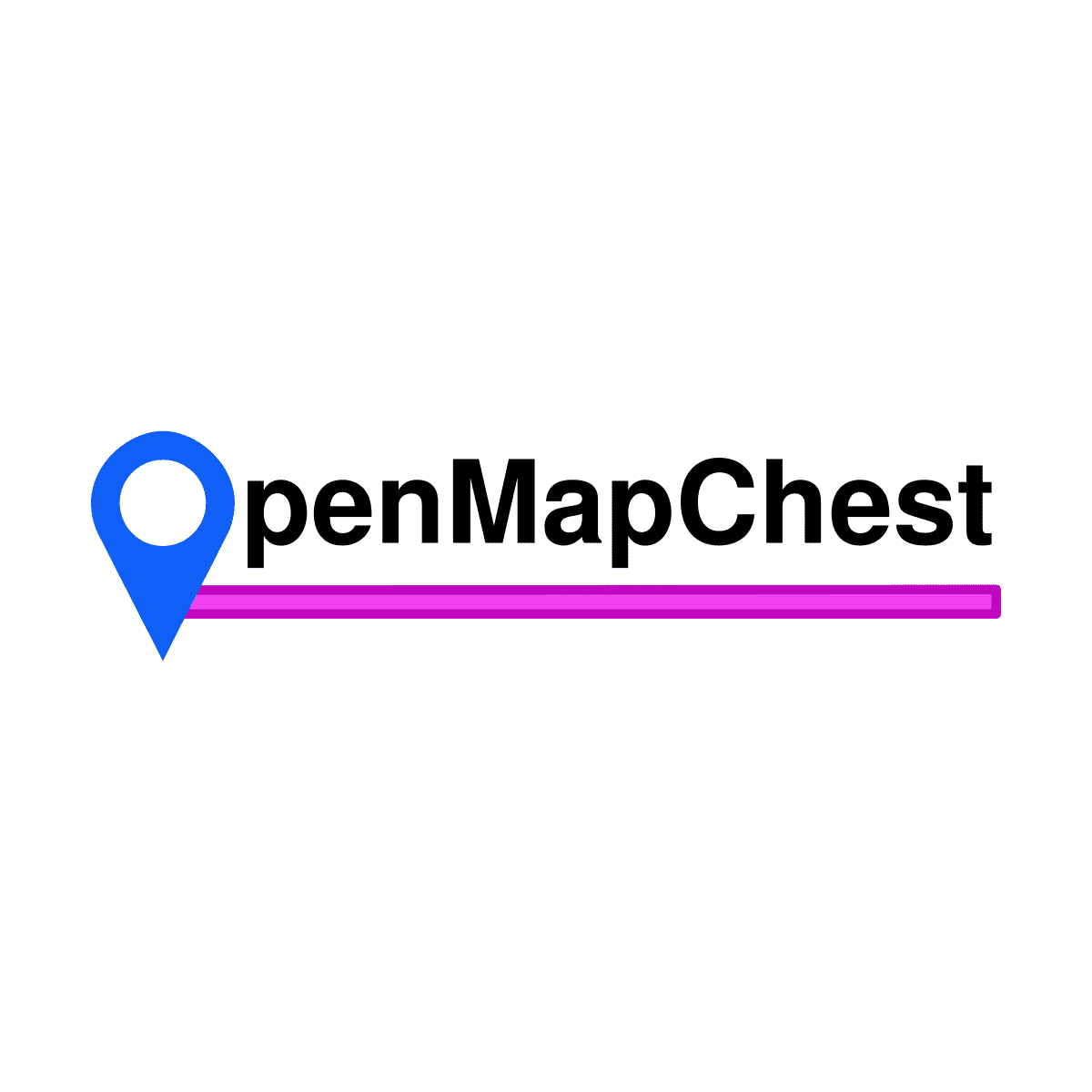I am wondering if I need to purchase the separate maps (for about $86 each) in order to have good topo maps of Western Canada (the Yukon specifically)? Does anyone know?
You are using an out of date browser. It may not display this or other websites correctly.
You should upgrade or use an alternative browser.
You should upgrade or use an alternative browser.
Garmin In Reach, or another recommendation
- Thread starter Alibiiv
- Start date
 Help Support Long Range Hunting Forum
Help Support Long Range Hunting Forum
ntsqd
Well-Known Member
I just fired up the Garmin application on my ipad nav tool and zooming in below a certain point over the Yukon Territory you loose details. At the lowest upper zoom level it shows roads (crude, squiggly lines) and what appear to be forest boundaries, one step closer in and the roads and those boundaries all go away.
In contrast, zoomed Gaia is showing city streets and individual buildings in Tuktoyaktuk. So I'm going to guess that for decent detail up there in Garmin that you're going to need their add-in maps.
In contrast, zoomed Gaia is showing city streets and individual buildings in Tuktoyaktuk. So I'm going to guess that for decent detail up there in Garmin that you're going to need their add-in maps.
brant89
Well-Known Member
I have an InReach Mini for SOS and updating my loved ones as needed, and run Onx in offline mode my cell phone for navigation (doesn't require cell service), since I already carry the phone for ballistics. If I were trying to eliminate carrying the phone I would get an InReach Explorer, but I'm not sure there are any actual weight savings by doing so. I also carry a portable power pack to charge the phone and GPS as needed.
ntsqd
Well-Known Member
By pure coincidence these two options were just posted in a thread on ADV. No experience with either, but figured worth posting them.

 www.openmapchest.org
www.openmapchest.org
Maybe they'll be of some use.

Map updates for Garmin navigators
Map updates for Garmin GPS navigators in BaseCamp, MapSource and gmapsupp formats.
Maybe they'll be of some use.
Baker Alvin
Well-Known Member
Tagging In
Now that I used the InReach Mini on my Yukon hunt, in the most remote areas, I can report it functioned very well. It showed us crude topo maps that were adequate (no additional maps need to be or could be purchased). Sending texts to our wives and loved ones worked very well, and also let us communicate with the outfitter who was 20 hours away by horseback. I was also able to follow the path my stepson was following as he hunted with his guide.I am wondering if I need to purchase the separate maps (for about $86 each) in order to have good topo maps of Western Canada (the Yukon specifically)? Does anyone know?
Luckily, I barely escaped needing the emergency rescue feature when my horse suddenly slipped onto his left side on a large slick rock, with my left lower leg catching the full weight of the horse. Fortunately, by boot came out of the stirrup when the horse quickly jumped up on his feet. I did suffer a very painful swollen left calf which kept me in spike camp for 3 days, after which I was able to resume hunting. Needless to say, having the emergency rescue feature available was quite reassuring, especially since I had the foresight to purchase the rescue insurance before the trip (for approx $35).
We deactivated our subscriptions upon our return home, but are ready to reactivate it for our next wilderness adventure.
The only negative: one needs a portable solar panel connected to a backup battery pack, and lots of sunshine, to permit recharging each night.
Glad you didn't need to use the feature! I got an inreach mini to enable me to get into the backcountry with my kids. A few years has passed and they are now 6 and 9 but the peace of mind is worth it. The tracking and texting with your phone feature really put it over the top.Now that I used the InReach Mini on my Yukon hunt, in the most remote areas, I can report it functioned very well. It showed us crude topo maps that were adequate (no additional maps need to be or could be purchased). Sending texts to our wives and loved ones worked very well, and also let us communicate with the outfitter who was 20 hours away by horseback. I was also able to follow the path my stepson was following as he hunted with his guide.
Luckily, I barely escaped needing the emergency rescue feature when my horse suddenly slipped onto his left side on a large slick rock, with my left lower leg catching the full weight of the horse. Fortunately, by boot came out of the stirrup when the horse quickly jumped up on his feet. I did suffer a very painful swollen left calf which kept me in spike camp for 3 days, after which I was able to resume hunting. Needless to say, having the emergency rescue feature available was quite reassuring, especially since I had the foresight to purchase the rescue insurance before the trip (for approx $35).
We deactivated our subscriptions upon our return home, but are ready to reactivate it for our next wilderness adventure.
The only negative: one needs a portable solar panel connected to a backup battery pack, and lots of sunshine, to permit recharging each night.
I've done lots of backcountry hiking, mountaineering etc in my use and always plan on self rescue. I also spent 5 years volunteering as a medic for a group of backcountry hikers (Skyline hikers). Only had to do two helicopter evacs, but the peace of mind is worth every penny. This device is way lighter and more functional than the sat phone I used to carry back in the day.
Also, I strongly recommend taking a inreach with you on your day hikes, not just backcountry trips if there's no cell phone service. Breaking an ankle or getting stranded when you don't have a tent, sleeping bag and food for a few days is a way bigger deal than when you're prepped for an expedition.
As a former rural GP, the number of people who ended up in the ER with hypothermia, exposure, or dehydration because they got lost or injured when they went for a quick hike or even a walk is more than I ever saw who were planning on staying over night. If you can out of the weather and stay warm/cool and have a good supply of water, spending a couple days in the wilderness is no big deal. Might be uncomfortable and boring, but you'll be fine. If all you've got is the clothes on your back, it's a way bigger deal.
OTOH, if you have a true medical emergency there's nothing that beats a cell phone and inreach that I'm aware of. I'm hoping to use mine at some point to tell my brothers in law where to come find me so they can help me with the packout!
akredneck63
Active Member
Inreach is a must have in my book in the woods. Never know what might happen and it's just another tool to use. Been broke/stuck before and bailed me out more then once being able to text for help.